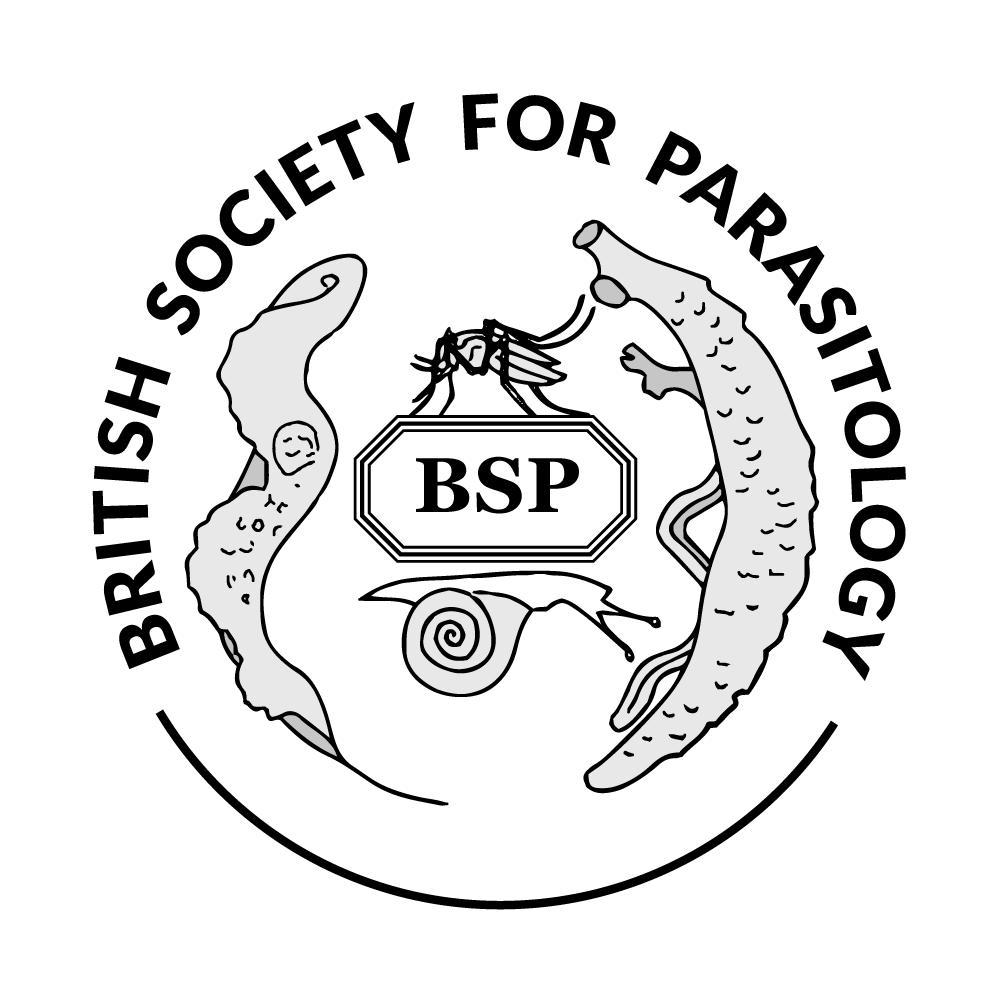

|
Poster
3 |
Artesunate-Quercetin loaded self-nanoemulsifying drug delivery system for oral malaria therapy: Pharmacokinetics and Pharmacodynamic evaluation studies |
Background: Malaria is one of the major global health challenges with 300 million new cases annually. Currently, artemisinin combination therapy (ACT) has begun to emerge resistance in various parts of the world such as Cambodia and Greater Mekong Subregion. In order to counteract this, we hypothesize artesunate (ART) and quercetin (QRT) loaded self-nanoemulsifying drug delivery system (SNEDDS) which could provide an alternate drug combination to ACT induced P. falciparum resistance to treat malaria. Objective: The main objective of the work is to overcome the solubility and bioavailability problems associated with Artesunate and adjuvant (Quercetin) combination therapy by formulating as lipid-based nanoemulsion, in an attempt to effectively treat the resistant forms of falciparum species of malaria. Method: ART-QRT nanoemulsion was prepared using spontaneous nanoemulsification method and optimized by Box Behnken design. The optimized SNEEDS were evaluated for particle size, PDI, percentage transmittance, refractive index, drug content, viscosity and release rate. Further, these nanoemulsion are evaluated for pharmacokinetic and in vivo antimalarial efficacy in combination with QRT in animal model. Results & discussion: Compatibility studies revealed that the selected drug ART and QRT are compatible with each other without any unwanted interactions. The LC-MS/MS method was successfully developed for the simultaneous analysis of ART, DHA and QRT in rat plasma for the pharmacokinetics studies. The optimized SNEDDS composed of Capryol 90, cremophore EL and PEG-400 The ART-QRT which could withstand the extensive dilution and did not show any phase separation or drug precipitation. The SNEDDS exhibited mean globule size <80 nm, with a percentage transmittance of 98. Release rate of the drug from the optimized batch was found to be quite significant (P < 0.001) as compared to the plain drug. The in vitro cytotoxicity studies confirmed that the nanoformulation is safe and nontoxic. In vivo oral bioavailability of the nanoemulsion formulation in wistar rats of either sex was found to be higher observed from pharmacokinetic studies. The antimalarial activity against Plasmodium bergheii infection in swiss albino mice showed improved parasite clearance and survival rate in combination with QRT. Hence, SNEEDS of ART in combination with QRT have yielded promising results, which might help to establish better therapeutic strategies for malaria treatment. Nevertheless, extensive investigation is essentially required in the near future for the same.
Keywords: Malaria, Self-nanoemulsifying drug delivery system, Artesunate, Quercetin, Plasmodium bergheii.